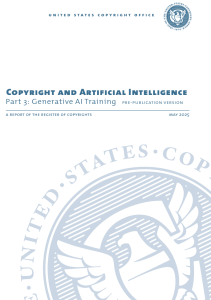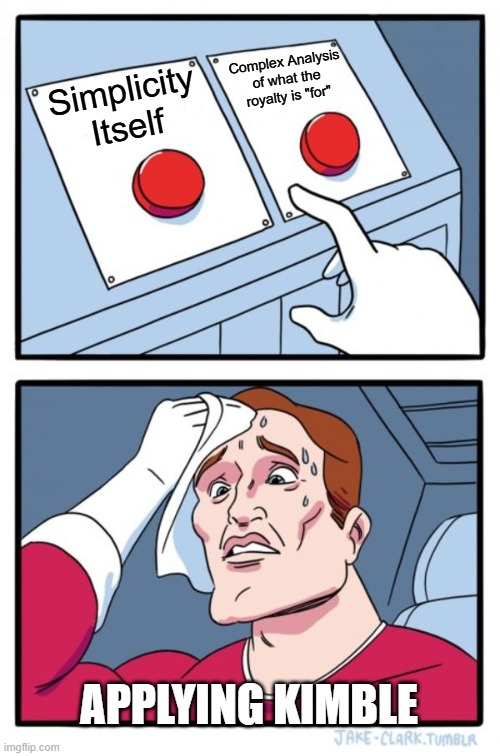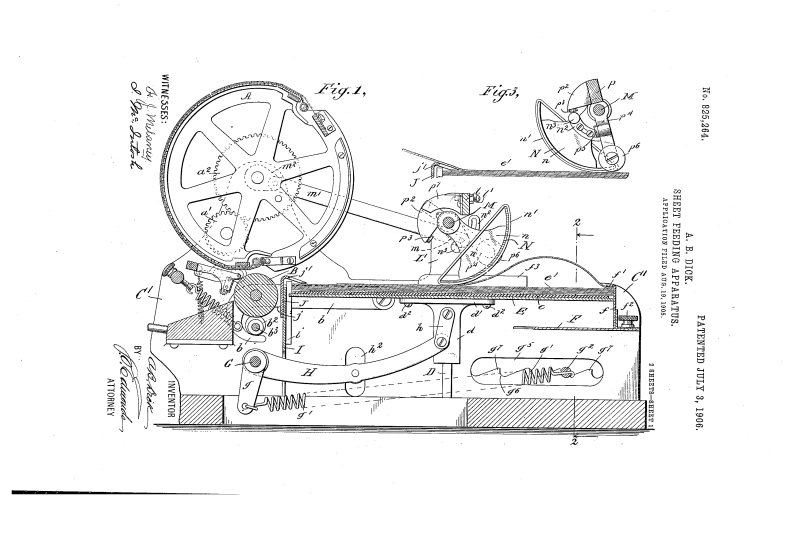 by Dennis Crouch
by Dennis Crouch
The copyright world experienced a major shift in May 2025 with the abrupt dismissal of Dr. Carla Hayden (Librarian of Congress), followed by the release of a landmark U.S. Copyright Office report on AI training that concluded many current industry practices likely do not qualify as fair use, and culminating in the firing of Shira Perlmutter (Register of Copyrights) just after the report's publication. This drama is not a resolution of the legal question, but rather seems to intensify and further politicize the debates over whether AI developers must seek permission and pay for the copyrighted works they use to train their systems. As the report's opening paragraphs explain: "The stakes are high, and the consequences are often described in existential terms."
The report released last week in "pre-publication" form, titled "Copyright and Artificial Intelligence, Part 3: Generative AI Training," is the latest installment in the Copyright Office's attempt at comprehensive examination of AI's intersection with copyright law. AI training often requires uploading of entire copyrighted works into the systems, and so is easily categorized as prima facie copyright infringement -- absent a license or fair use excuse. The 100+ page report offers a nuanced analysis, but ultimately suggests that in many situations the use will not be fair use.
The quick release of this report appears to have circumvented folks in leadership outside of the Office. Although it has not formal legal weight, courts are likely to consider its reasoning as persuasive authority as they decide the dozens of AI training copyright cases currently pending.
Update: Todd Blanche and Paul Perkins have been tapped by President Trump to be acting Librarian of Congress and Copyright Registrar, respectively. Todd Blanche, recently appointed as Deputy Attorney General at DOJ has spent the past two decades litigating fraud and corruption issues, either as a prosecutor or for the defense. Most recently, Blanche was defense attorney during a 2024 New York criminal trial, which resulted in Trump’s conviction on 34 felony counts. Perkins has been with DOJ since 2016, and is an Associate Deputy Attorney General. Perkins spouse, Hilary Perkins was tapped earlier this year to be chief counsel for the Food and Drug Administration. However, Senator Josh Hawley forced her removal with arguments that she was pro-abortion.







